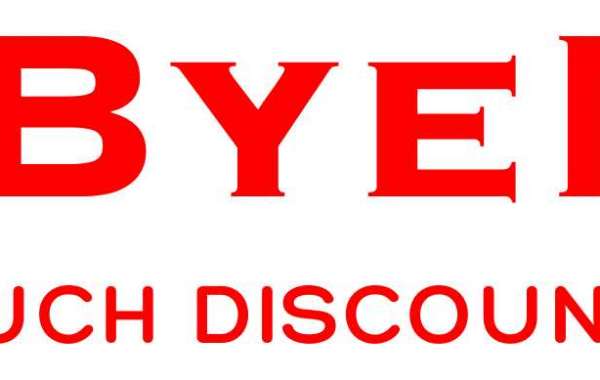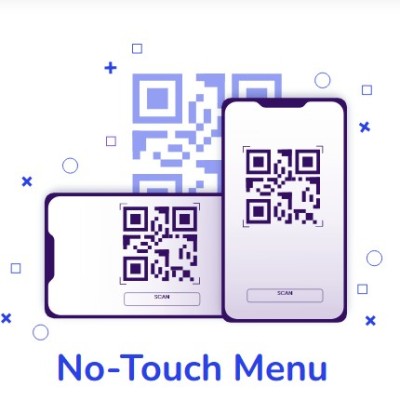In today’s fast-paced digital world, web design has become one of the most in-demand and rewarding career paths for students. With businesses and organizations transitioning online, the need for skilled web designers continues to grow, making it a perfect career option for aspiring students. If you're a beginner looking to explore the exciting field of web design, this guide will help you understand the basics, key skills, tools, and how to land your first job or freelance project.
Understanding Web Design: The Basics Every Student Should Know
Web design is the process of planning, conceptualizing, and arranging content on the web. It involves not just how websites look, but also how they function and how users interact with them. In simpler terms, web design is about creating an engaging online experience that is visually appealing, easy to navigate, and user-friendly.
As a beginner, it's important to understand that web design includes multiple aspects like layout design, color schemes, typography, graphics, and user interface (UI) design. Web design also goes hand-in-hand with user experience (UX), which ensures that the website is not only beautiful but also functional and easy to navigate.
In 2024, web design is no longer limited to just basic websites. The demand for responsive, mobile-friendly designs has skyrocketed as more users access the internet through their smartphones. As a beginner, it’s crucial to grasp the significance of responsive web design, which ensures that websites function well on all devices, from desktop computers to smartphones.
Key Skills You Need to Succeed in Web Design
To start a successful career in web design, there are several key skills you need to develop. While you don’t need to become a coding expert right away, you should familiarize yourself with the following skills:
Creative Design Skills: Creativity is the core of web design. Understanding design principles like contrast, balance, alignment, and proximity will allow you to create visually appealing websites. A good web designer knows how to combine elements such as colors, fonts, and graphics to create an aesthetically pleasing design that is in line with the brand's identity.
HTML and CSS: These are the building blocks of web design. HTML (HyperText Markup Language) structures content on the web, while CSS (Cascading Style Sheets) controls the layout and design. While advanced web development might require deeper knowledge of coding, having a basic understanding of HTML and CSS is essential for every web designer.
Responsive Web Design: With the growing number of mobile device users, responsive web design has become a must. Knowing how to design websites that adjust to different screen sizes is crucial in today’s market. This includes understanding how to use flexible grid layouts, images, and media queries.
UX/UI Design: User experience (UX) and user interface (UI) design are critical aspects of web design. While UX focuses on how a user interacts with the website and their overall satisfaction, UI focuses on how the website looks and feels. Mastering both UX and UI principles will set you apart from other web designers.
Attention to Detail: Successful web designers pay close attention to details like spacing, alignment, and consistency. Even the smallest mistake in design, like inconsistent fonts or poor image placement, can make the website look unprofessional.
Choosing the Right Tools for Web Design: Free vs Paid Software
Once you’ve grasped the basics of web design, the next step is choosing the right tools to bring your creative ideas to life. There are a wide variety of tools available, from free to paid, depending on your skill level and budget.
For beginners, there are several free web design tools that can help you get started without investing in expensive software. Some popular free tools include website builders, design software, and prototyping tools. As you gain more experience, you may choose to switch to paid software for more advanced features.
The key here is to start with tools that align with your current skill level and expand as your expertise grows. A simple web designing course online can teach you how to use web design tools effectively, and many web designing institutes also include web design in their curriculum.
Building Your First Web Design Portfolio: A Step-by-Step Guide
As a student starting out in web design, one of the most important steps to landing your first job or freelance project is building a strong portfolio. Your portfolio is a showcase of your work and will be the first thing potential clients or employers see when considering you for a job.
Here’s a simple step-by-step guide to building your portfolio:
Start with Personal Projects: If you don’t have client work to show yet, create personal projects to demonstrate your skills. Design a website for a fictional business, or redesign an existing site. These projects will help you showcase your design abilities and creativity.
Highlight Your Best Work: Quality matters more than quantity. Select 3 to 5 of your best projects that display a range of design skills. For instance, one project could showcase your responsive design skills, while another could focus on your proficiency with UI/UX principles.
Keep it Simple and User-Friendly: Your portfolio itself should be well-designed, easy to navigate, and visually appealing. This is your chance to demonstrate your web design skills. Make sure your portfolio is responsive and looks good on mobile devices.
Explain Your Process: For each project, include a brief explanation of the design process you followed, from concept to execution. This helps potential clients or employers understand your workflow and problem-solving abilities.
Get Feedback: Before you launch your portfolio, get feedback from peers or mentors. This can help you refine your projects and ensure your portfolio is polished.
Finding Your First Web Design Job or Freelance Project
Once you’ve honed your skills and built your portfolio, the next step is to find your first job or freelance project. Here are some tips to get started:
Freelancing Platforms: Websites like Upwork, Fiverr, and Freelancer are great platforms for beginners to find freelance projects. You can start by offering small, affordable services to build your reputation and gradually increase your rates as you gain more experience.
Networking: Networking is crucial in any field, and web design is no exception. Attend local meetups, webinars, and online communities to connect with other web designers and potential clients. Many jobs are filled through word-of-mouth and personal recommendations.
Internships: If you prefer to gain experience in a more structured setting, consider applying for an internship at a web designing institute or company. Internships can provide valuable hands-on experience and help you develop professional relationships in the industry.
Leverage Your web designing Skills: Many web design projects also require a basic understanding of web designing. By completing a web designing course in Uttam Nagar or an online course, you can complement your web design skills with SEO, content web designing, and social media management knowledge, making you a well-rounded candidate for a variety of job opportunities.
Conclusion
Starting a career in web design as a student can be both exciting and challenging. By understanding the basics of web design, learning essential skills, choosing the right tools, building a strong portfolio, and actively searching for opportunities, you’ll be well on your way to becoming a successful web designer. Remember, continuous learning is key, and taking web designing courses or attending a web designing institute will further enhance your skills and make you a valuable asset to future employers or clients.










